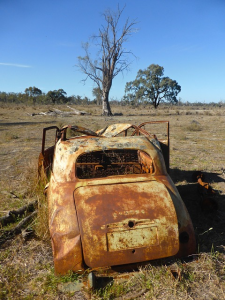
Oxidation. We know it from rusting cars and rancid butter. It is the loss of electrons in chemical reactions. The opposite process is called reduction. Reduction is the gain of electrons. Coenzyme Q10 molecules are redox molecules. That means, we can take CoQ10 supplements in their oxidized form, ubiquinone, and be confident that it will be converted to the reduced form, ubiquinol, which is the form that acts as an antioxidant and protects against the oxidation of cells and fats and proteins and DNA.
Coenzyme Q10 supplements are not all the same. Some give a much better absorption than others. To get real value for the money we spend on CoQ10 supplements, we need to seek out and buy a product with documented good absorption.
A randomized controlled study done in 2018 has shown that a patented ubiquinone Coenzyme Q10 supplement gives significantly better absorption than a patented ubiquinol supplement [Lopez-Lluch 2018].
Dissolving Coenzyme Q10 crystals to single molecules
The Coenzyme Q10 raw material is a crystalline powder. These crystals cannot diffuse into the intestinal absorption cells. The crystals will pass right through the intestinal tract and will be eliminated in the feces.
Consequently, the Coenzyme Q10 manufacturer must formulate the Coenzyme Q10 supplement in a way that ensures that the Coenzyme Q10 crystals will be dissolved, at body temperature in the stomach and the duodenum, to single molecules that can be absorbed in the small intestines.
To get the Coenzyme Q10 crystals to dissolve to single molecules at body temperature, the Coenzyme Q10 manufacturer must use specific vegetable oils as carrier oils and must subject the mix of carrier oils and Coenzyme Q10 to a special heat pre-treatment.
This special heat pre-treatment is important because the Coenzyme Q10 crystals will normally dissolve only at a temperature of 48 degrees Celsius or higher. Therefore, body temperature – 37 degrees Celsius – will not be high enough to make the Coenzyme Q10 crystals dissolve by themselves. And, remember, the human body cannot absorb non-dissolved crystals of any kind.
Simple passive facilitated diffusion of Coenzyme Q10 molecules
The diffusion of Coenzyme Q10 single molecules is a passive process in that the process does not require energy. The diffusion of the Coenzyme Q10 single molecules into the intestinal absorption cells is facilitated in the sense that the process requires lipid molecules, typically monoglycerides, to act as carriers for the Coenzyme Q10 molecules. Consequently, it is important to take the CoQ10 capsule together with a meal that contains some fat.
This passive diffusion is a down-hill transport process that requires a greater Coenzyme Q10 concentration in the watery phase next to the intestinal absorption cells than inside the absorption cells. The greater the difference between the Coenzyme Q10 concentration next to the absorption cells and the Coenzyme Q10 concentration inside the absorption cells, the faster and greater the absorption will be.
Merging of Coenzyme Q10 molecules into mixed micelles
Semi-fluid partially digested food masses known as chyme move from the acidic stomach to the alkaline duodenum where the chyme mixes with secretions from the pancreas, liver, and gallbladder.
Thus, the ingested Coenzyme Q10 arrives in the stomach still in the form of crystals or partially dissolved into single molecules depending upon how effective the manufacturing process has been. The Coenzyme Q10 crystals and single molecules pass in the chyme from the stomach to the duodenum, the first part of the small intestines.
In the small intestines, the body’s digestive system uses pancreatic enzymes and bile to facilitate the digestion and absorption of dietary fats and of fat-soluble substances such as the Coenzyme Q10 molecules. The Coenzyme Q10 molecules are merged into mixed micelles together with bile acids, monoglycerides, and free fatty acids. These micelles are very tiny spherical structures measuring about 10 nanometers or less in diameter. They are naturally made nanoparticles.
The Coenzyme Q10 molecules form inside the micelles with their somewhat hydrophilic heads facing out towards the watery solution next to the intestinal absorption cells and with their very hydrophobic tails concentrated inside the micelles where the Coenzyme Q10 tails are protected from contract with the watery solution.
Guided by monoglycerides, the Q10 micelles move through the watery phase in the interior of the small intestines. The first part of the small intestines, the duodenum, is only about seven to nine inches in length. It does not have a large absorption surface.
In basic terms, the duodenum is the place where pancreatic juices and bile salts enter the digestive system and where the Coenzyme Q10 molecules are formed into micelles.
Most of the absorption of the Q10 molecules, delivered by the micelles, occurs in the second part of the small intestines, the jejunum. The intestinal absorption cells are called enterocytes.
The micelles can diffuse easily into the intestinal absorption cells. The micelles themselves are not absorbed from the small intestines into the lymph vessels. It is the individual Coenzyme Q10 molecules that are absorbed. In other words, the micelles are merely the means of transportation to get the Coenzyme Q10 molecules (and other lipid substances) through the watery phase of the small intestines and into the absorption cells.
The Coenzyme Q10 molecules are not absorbed directly from the small intestines into the blood circulation. The Coenzyme Q10 molecules are absorbed from the small intestines into the lymph vessels.
Packing of Coenzyme Q10 molecules into chylomicrons
Inside the intestinal absorption cells, the Coenzyme Q10 molecules are packed into chylomicrons together with cholesterol and phospholipids and triglycerides. Chylomicrons are lipoproteins that transport lipids from the intestinal absorption cells to the body.
The chylomicrons pass from the intestinal absorption cells into the lymph vessels. The chylomicrons move slowly through the lymph until they enter the blood circulation at the point of the thoracic duct.
Converting ubiquinone Coenzyme Q10 to ubiquinol
Typically, the Coenzyme Q10 from an oral Coenzyme Q10 supplement will merge into micelles and will enter the intestinal absorption cells in the oxidized form of Coenzyme Q10 known as ubiquinone. This seems to be true regardless of whether the Coenzyme Q10 supplement contains the ubiquinone form or the ubiquinol form. In the stomach and in the duodenum, oral ubiquinol from supplements is oxidized and converted to the ubiquinone form prior to absorption.
At some point, oxy-reductase enzymes in the absorption cells and in the lymph will act upon the absorbed ubiquinone form of Coenzyme Q10 and will convert it to ubiquinol, the reduced form of Coenzyme Q10. Thus, Coenzyme Q10 passes through the lymph and into the blood circulation predominantly in the ubiquinol form. This seems logical as there is a greater need in the lymph and the blood for Coenzyme Q10 in its antioxidant form, the ubiquinol form.
Drs. Mohr, Bowry, and Stocker have shown that dietary supplementation with the ubiquinone form of Coenzyme Q10 will result in increased levels of the antioxidant form, ubiquinol, in the plasma and in circulating lipoproteins and will result in increased resistance of LDL-lipoproteins to lipid peroxidation.
When the Coenzyme Q10 passes from the blood to cells in tissues and organs all over the body, the Coenzyme Q10 will be converted back to the ubiquinone form, which is the essential form for cellular bio-energetics purposes.
Transporting Coenzyme Q10 in lipoproteins in the blood plasma
The body uses four forms of lipoproteins to transport fats and fat-soluble substances through the watery medium of the lymph and the blood plasma.
- the chylomicrons, the least dense of all the lipoproteins
- the very-low-density lipoproteins (VLDL)
- the low-density lipoproteins (LDL)
- the high-density lipoproteins (HDL).
Coenzyme Q10 circulates through the blood to all the tissues primarily as part of the contents of the LDL lipoproteins. The cells remove the Coenzyme Q10 from the LDL lipoproteins as needed. Not much is known about the process by which the cells in body tissues and organs take Coenzyme Q10 from the LDL lipoproteins. The transfer of Coenzyme Q10 molecules from the LDL lipoproteins in the blood plasma to cells in the body seems to require a gradient with a higher concentration of Coenzyme Q10 in the blood plasma than in the tissue cells.
Some of the Coenzyme Q10 that passes from the intestinal absorption cells goes through the lymph and the blood plasma to the liver. Ultimately, some of the Coenzyme Q10 in the liver returns to the blood circulation as part of the VLDL lipoproteins. As the VLDL lipoproteins transit the blood circulation, they lose triglycerides and gain cholesterol and gradually become LDL lipoproteins.
Times from absorption to Coenzyme Q10 concentration peaks in the blood
Following ingestion, the Coenzyme Q10 from supplements moves slowly through the lymph, typically taking 3 – 5 hours to reach the blood circulation through the left thoracic duct to the large subclavian vein. This relatively slow passage through the lymph explains why there is a peak plasma Coenzyme Q10 concentration 6 – 8 hours after ingestion of the supplement. Often, there is a second smaller peak concentration about 24 hours following ingestion. It is thought that this second peak in the plasma Coenzyme Q10 concentration is caused by the return of some Coenzyme Q10 from the liver to the blood circulation.
The half-life of Coenzyme Q10 is about 33 hours.
Good Coenzyme Q10 absorption gives beneficial health effects
Coenzyme Q10 formulations and Coenzyme Q10 delivery systems are important because absorbable CoQ10 is difficult and expensive to manufacture. We as consumers want beneficial effects from the capsules that we take daily. For us, absorption is not an end in and of itself. Absorption is a means to the following ends:
• Good heart health
• Better exercise performance
• Protection from neuro-degenerative disorders
• Protection from statin-caused damage
• Protection during and after surgery
• Good quality of life
Sources
López-Lluch, G., del Pozo-Cruz, J., Sánchez-Cuesta, A., Belén Cortés-Rodríguez, A. & Navas, P. (2018). Bioavailability of coenzyme Q10 supplements depends on carrier lipids and solubilization. Nutrition (in press). doi: https://doi.org/10.1016/j.nut.2018.05.020. Print publication scheduled for January 2019.
Mohr, D., Bowry, V. W., & Stocker, R. (1992). Dietary supplementation with coenzyme Q10 results in increased levels of ubiquinol-10 within circulating lipoproteins and increased resistance of human low-density lipoprotein to the initiation of lipid peroxidation. Biochimica et Biophysica Acta, 1126(3), 247-254.
The information presented in this overview article is not intended as medical advice and should not be construed as such.

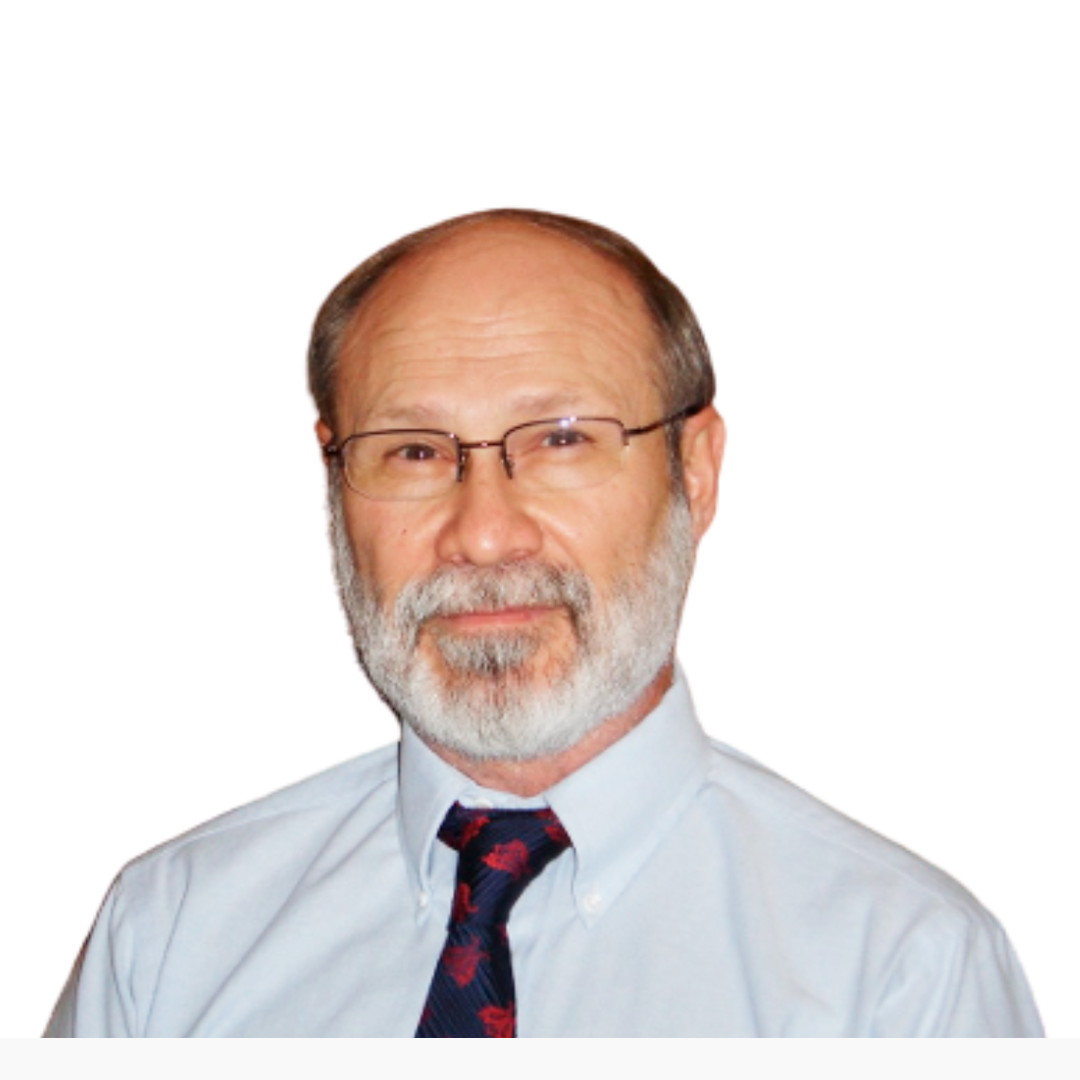
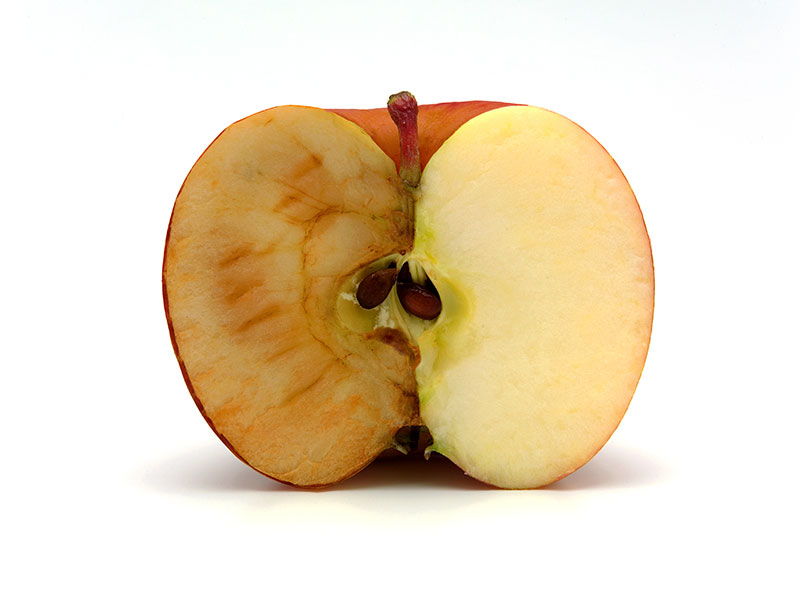
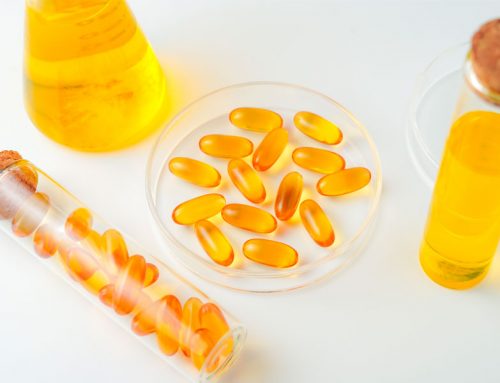
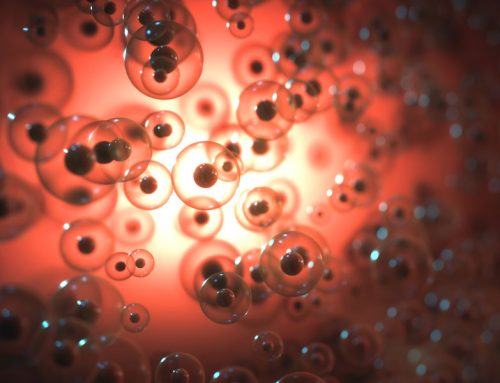
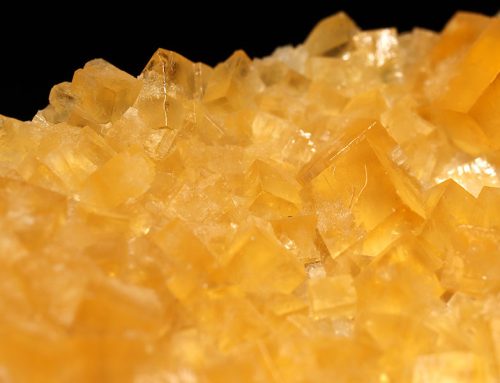
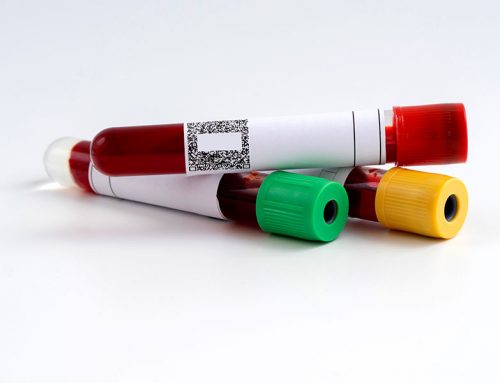
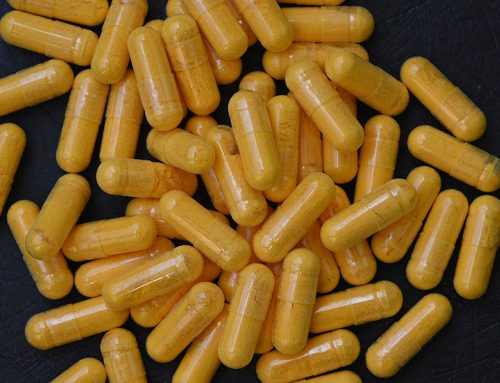
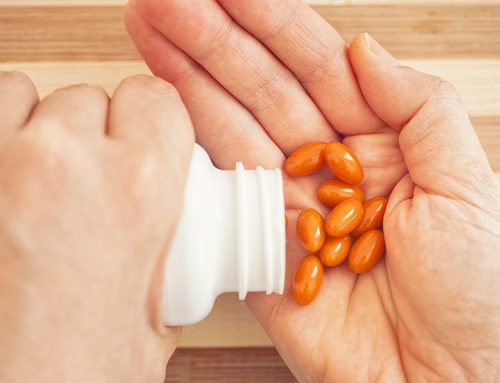
Leave A Comment